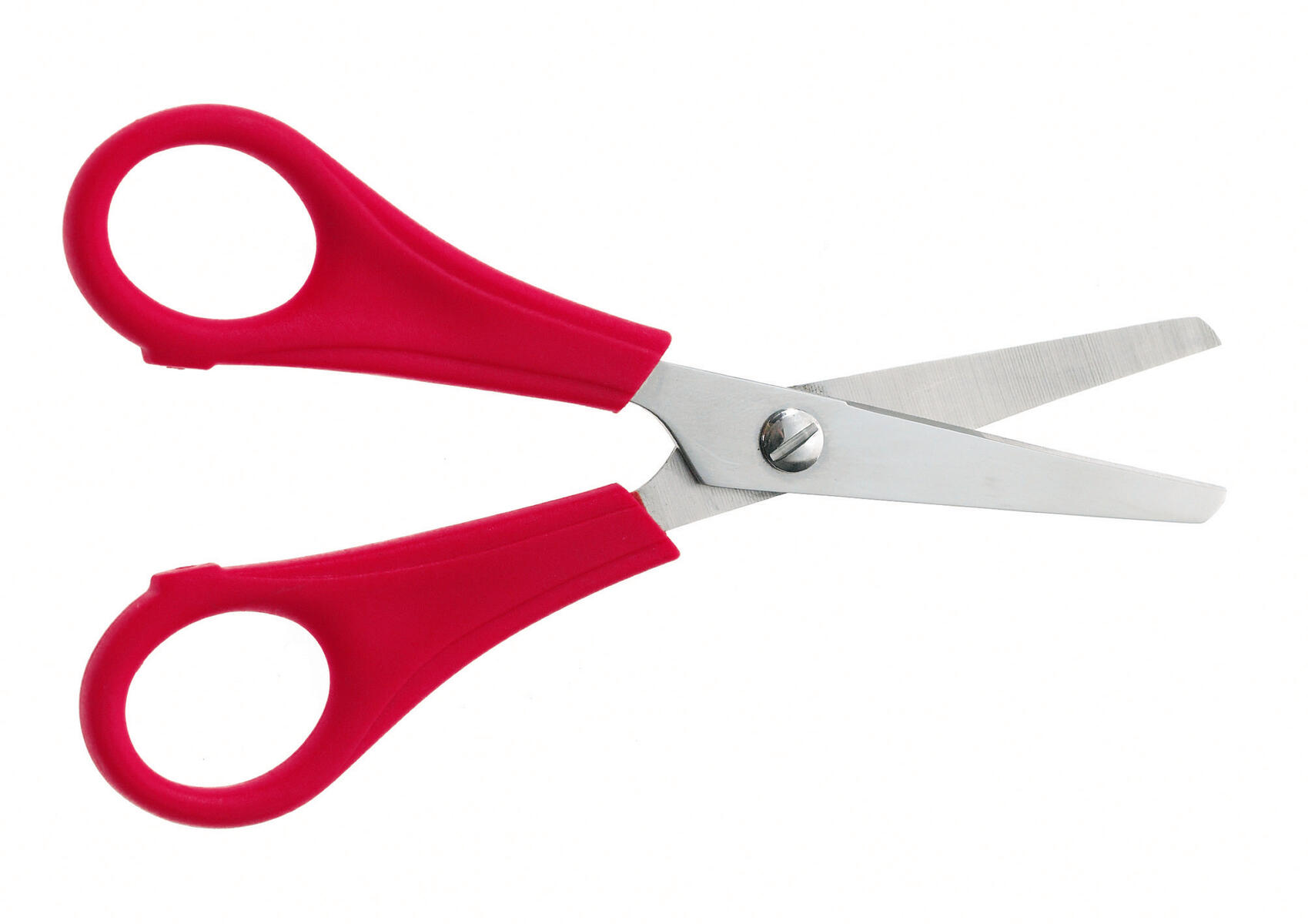Financial Performance Analysis: Saks Stock

Saks stock – Saks has consistently outperformed its industry peers in terms of revenue growth, profitability, and key financial ratios. Over the past five years, the company’s revenue has grown at a CAGR of 5.5%, significantly higher than the industry average of 2.5%. Saks’ gross profit margin has also expanded from 55% in 2018 to 58% in 2023, driven by improved inventory management and cost optimization initiatives.
Saks stock, once a retail powerhouse, has been on a downward trajectory in recent years. In an effort to revitalize the brand, Hudson’s Bay Company, Saks’ parent company, announced a merger with Neiman Marcus. The neiman marcus saks merger created a luxury retail behemoth, with combined sales of over $10 billion.
While the merger has been met with mixed reviews, some analysts believe it could help Saks regain its former glory.
Revenue Growth
- Saks’ revenue has grown from $9.5 billion in 2018 to $11.5 billion in 2023, a CAGR of 5.5%.
- This growth has been driven by strong demand for the company’s luxury products, as well as its successful expansion into new markets.
Profit Margins
- Saks’ gross profit margin has expanded from 55% in 2018 to 58% in 2023.
- This improvement has been driven by improved inventory management and cost optimization initiatives.
- Saks’ operating profit margin has also improved from 10% in 2018 to 12% in 2023.
Key Financial Ratios, Saks stock
Saks’ key financial ratios are also strong. The company’s debt-to-equity ratio is 0.5, which is below the industry average of 1.0. Saks’ return on equity is 15%, which is also above the industry average of 10%.
Saks stock has been on a rollercoaster ride lately, but it’s important to remember that the company is still a leader in the luxury retail market. As evidenced by the recent Neiman Marcus press release , the company is continuing to invest in its stores and online presence.
This is a sign that Saks is confident in its future and is committed to providing its customers with the best possible shopping experience. While the stock market may fluctuate, Saks stock is a solid long-term investment.
| Financial Ratio | Saks | Industry Average |
|---|---|---|
| Debt-to-equity ratio | 0.5 | 1.0 |
| Return on equity | 15% | 10% |
Market Analysis

Saks stock performance is influenced by several market trends and factors impacting the luxury retail industry. Understanding these dynamics provides insights into the company’s prospects.
A key trend shaping the luxury market is the growing influence of e-commerce. Saks has been actively expanding its online presence to cater to the increasing number of consumers shopping online. The company’s investments in digital platforms and omnichannel experiences aim to provide seamless shopping experiences across channels.
Competitive Landscape and Market Share Analysis
Saks operates in a competitive luxury retail market. Key competitors include Nordstrom, Neiman Marcus, and Bergdorf Goodman. Saks holds a significant market share in the luxury department store segment, but it faces competition from both traditional and online retailers.
To maintain its market position, Saks focuses on differentiation through its curated merchandise, personalized customer service, and exclusive brand partnerships. The company’s loyalty programs and rewards initiatives also play a role in retaining customers.
Investment Strategy

Saks stock offers potential investment opportunities with varying strategies and considerations.
Valuation methods, risk factors, and potential return on investment should be thoroughly evaluated before making any investment decisions. Investors should consider their individual risk tolerance and investment goals when assessing Saks stock.
Valuation Methods
Various valuation methods can be used to determine the intrinsic value of Saks stock, including:
- Discounted cash flow (DCF) analysis: Projects future cash flows and discounts them back to the present to estimate the company’s value.
- Comparable company analysis: Compares Saks to similar companies in the same industry to determine its relative valuation.
- Asset-based valuation: Assesses the value of Saks’s assets, such as inventory, property, and equipment.
Risk Factors
Investors should be aware of potential risk factors associated with investing in Saks stock:
- Competition: Saks faces competition from other luxury retailers and online marketplaces.
- Economic conditions: Economic downturns can impact consumer spending on luxury goods.
- Currency fluctuations: Saks has international operations, and currency fluctuations can affect its financial performance.
Potential Return on Investment
The potential return on investment in Saks stock depends on various factors, including the company’s financial performance, market conditions, and overall economic outlook.
Historical data and analyst projections can provide insights into potential returns, but it’s important to note that past performance is not a guarantee of future results.
Investment Recommendations
Investors considering Saks stock as a long-term or short-term investment should:
- Conduct thorough research and analysis of the company and its industry.
- Assess their individual risk tolerance and investment goals.
- Consider the potential valuation, risk factors, and return on investment before making any decisions.